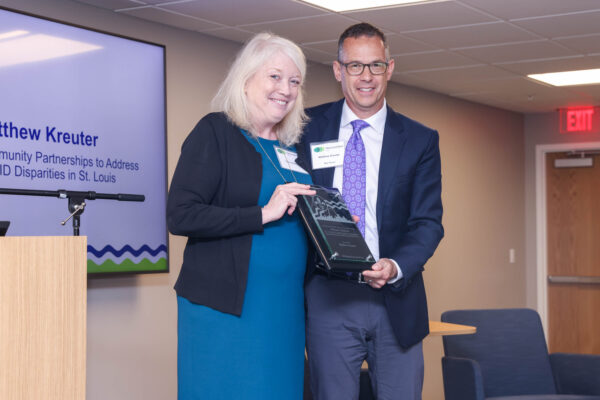
In August 2023, Americans made nearly a million calls for help to the 211 emergency resources helpline, according to 211 Counts, a national tracking system in 36 states developed by the Brown School’s Health Communication Research Laboratory (HCRL) at Washington University in St. Louis.
Call volume increased 11% over July (872,079 vs. 785,654). August saw the most calls received in any month in 2023.
“There were a number of factors at play,” said Matthew Kreuter, the Kahn Family Professor of Public Health and senior scientist at HCRL.
“In some locations, we saw an increase in calls from people seeking relief from extreme heat and calls due to the wildfire in Maui and other natural disasters. Nationally, there was a big jump in calls for help with utility payments,” he said.
Each year, more than 16 million people in the U.S. dial 211 for help not only with emergency services requests, but also with basic needs such as food, shelter and clothing.
211 Counts is the first tool to provide real-time, searchable and visual presentations of data from 211 call centers across the nation.
In August, 211 call centers reported nearly 150,000 requests for utility payment assistance in August (up 22% over July) and over 280,000 requests related to housing, such as rent assistance (up 8% over July).
“Utility payments pose a particular challenge for many low-income families in the late summer after months of high cooling bills accumulate and result in delinquency,” Kreuter said.
After reaching their lowest point since the beginning of the pandemic, COVID-related calls to 211 increased 220% in August over July (1,845 vs. 577), coinciding with increased COVID cases nationally. Also higher in August than July were two seasonal requests related to children going back to school: school supplies (up 55%) and clothing (up 32%).
“In most communities, the level of need exceeds the capacity of local agencies to help,” Kreuter said. “That’s why data like these are so important to help communities prioritize how they allocate limited resources.”


